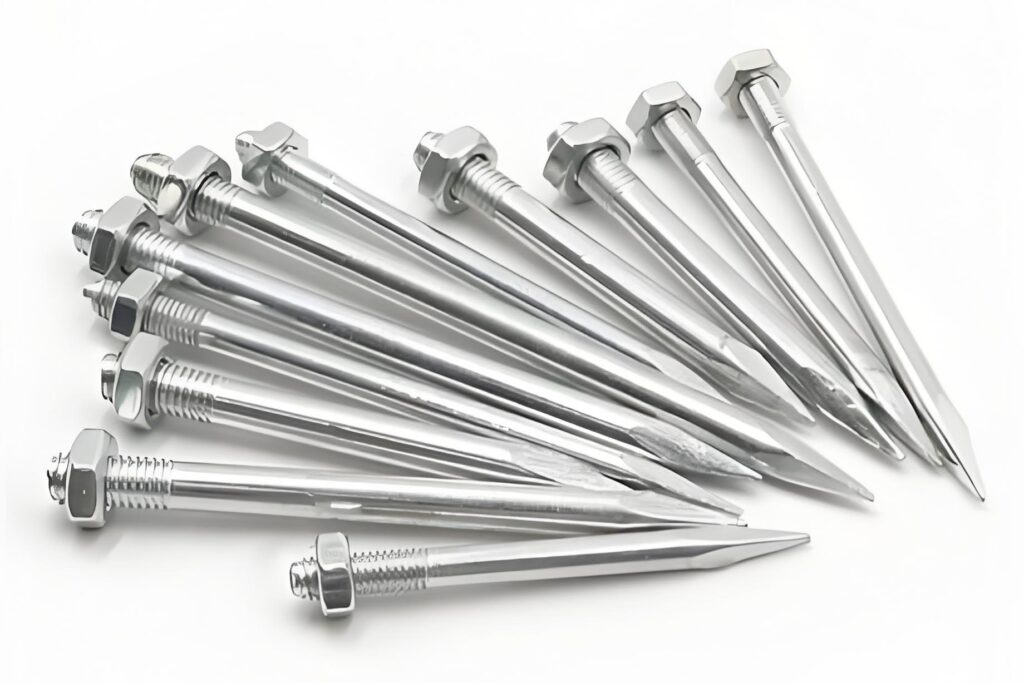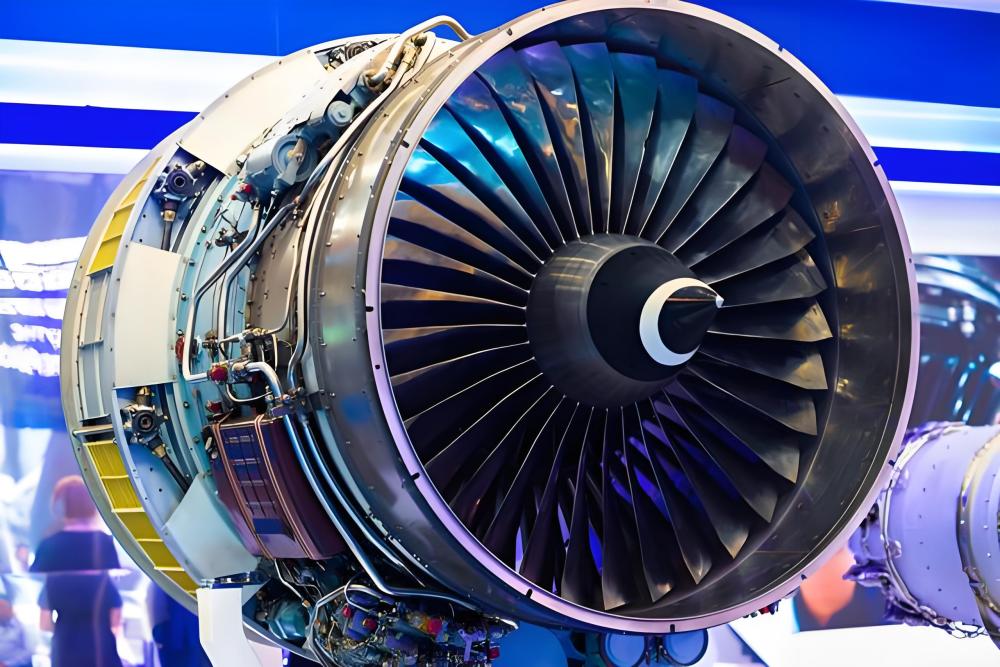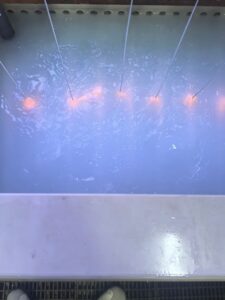What Is 1018 Steel?
1018 steel is a low carbon steel alloy known for its excellent machinability, weldability, and affordability. Often referred to as 1018 carbon steel, it belongs to the AISI 1000 series, which includes steels with low carbon content. The designation “1018” indicates its specific chemical composition, with approximately 0.18% carbon. This steel is typically produced in two forms: 1018 cold rolled steel and hot rolled steel, each offering distinct characteristics suited for different applications. Its versatility makes it a go-to choice for manufacturers like Precionn who require reliable materials for precision machining.

Why Choose 1018 Steel?
The popularity of 1018 steel stems from its balanced properties. It offers a combination of strength, ductility, and ease of machining, making it ideal for a variety of industrial applications. Unlike high-carbon steels, material 1018 steel is softer and more formable, which reduces wear on machining tools and enhances efficiency during production. Additionally, its affordability makes it an economical choice for projects requiring large quantities of material without compromising quality.
1018 Steel Composition
- Carbon (C): 0.15–0.20% (the 1018 steel carbon content is low, contributing to its softness and machinability)
- Manganese (Mn): 0.60–0.90% (enhances strength and hardness)
- Phosphorus (P): 0.040% max (improves machinability but kept low to avoid brittleness)
- Sulfur (S): 0.050% max (aids in chip formation during machining)
- Iron (Fe): Balance
This composition ensures that steel maintains a good balance of strength and flexibility. The low 1018 steel carbon content makes it less brittle than higher-carbon steels, allowing for easier forming and welding.
How Composition Affects Performance
The low carbon content in 1018 carbon steel directly influences its mechanical properties. With less carbon, the steel is less prone to cracking during forming processes, making it ideal for cold working. The manganese content enhances its strength without significantly increasing hardness, which is crucial for applications requiring both durability and machinability.
1018 Steel Properties
The properties of 1018 steel make it a standout material in the machining industry. Its low carbon content and specific alloying elements contribute to a unique combination of characteristics that cater to various manufacturing needs.
Mechanical Properties
The mechanical properties of 1018 steel are critical for determining its suitability for specific applications. These properties vary slightly depending on whether the steel is hot rolled or cold rolled.
Yield Strength
The 1018 steel yield strength typically ranges from 290 to 370 MPa (42,000 to 53,600 psi) for cold rolled steel, depending on processing conditions. This moderate yield strength indicates that 1018 carbon steel can withstand significant stress before deforming, making it suitable for structural components that require flexibility.
Hardness
The 1018 steel hardness is relatively low, with a Brinell hardness (HB) of approximately 126–197, depending on whether it’s hot rolled or cold rolled. 1018 cold rolled steel tends to have a slightly higher hardness due to the cold working process, which increases surface strength. This moderate hardness ensures ease of machining, as tools experience less wear compared to harder materials.
Density
The 1018 steel density is approximately 7.87 g/cm³, consistent with most carbon steels. This density contributes to its predictable performance in machining, as it allows for precise calculations of weight and material requirements in manufacturing processes.
Physical and Thermal Properties
In addition to its mechanical properties, 1018 steel exhibits favorable physical and thermal characteristics. Its thermal conductivity is approximately 51.9 W/m·K, allowing it to dissipate heat effectively during machining. Its low carbon content also means it has a relatively low melting point compared to high-carbon steels, which can influence heat treatment processes.
Common Uses of 1018 Steel

1018 carbon steel is a versatile material used across various industries due to its machinability, weldability, and cost-effectiveness. Some common applications include:
- Automotive Components: Shafts, gears, and pins benefit from the strength and formability of this steel.
- Machinery Parts: 1018 carbon steel machining is ideal for creating bolts, screws, and other precision components.
- Structural Applications: Beams, brackets, and supports often use this steel for its balance of strength and affordability.
- Cold-Formed Parts: The ductility of 1018 cold rolled steel makes it suitable for parts requiring bending or forming.
- General Fabrication: From fixtures to jigs, the steel is a go-to material for custom fabrication projects.
Precionn frequently utilizes 1018 steel in its machining operations, leveraging its predictable performance to deliver high-quality components for clients in industries ranging from automotive to aerospace.
Advantages and Disadvantages of Using 1018 Steel
Advantages
- Excellent Machinability: The low steel carbon content and sulfur inclusion make it easy to machine, reducing tool wear and production time. This is particularly beneficial for 1018 carbon steel machining processes at companies like Precionn.
- Weldability: It can be welded using common techniques, such as MIG or TIG welding, without requiring preheating in most cases.
- Cost-Effective: Compared to high-carbon or alloy steels, 1018 steel is affordable, making it a budget-friendly option for large-scale projects.
- Versatility: Its balanced properties allow it to be used in a wide range of applications, from structural to precision components.
Disadvantages
- Limited Strength: Compared to high-carbon or alloy steels, the 1018 steel has lower tensile and yield strength, limiting its use in high-stress applications.
- Not Ideal for Hardening: While it can be case-hardened, it is not suitable for through-hardening due to its low carbon content.
- Corrosion Resistance:The steel lacks inherent corrosion resistance, requiring coatings or treatments for use in harsh environments.
- Limited Wear Resistance: Its relatively low hardness makes the steel less suitable for applications where high wear resistance is critical.
Despite these limitations, 1018 steel remains a popular choice for many applications due to its ease of use and cost-effectiveness. Manufacturers like Precionn mitigate these drawbacks through strategic material selection and advanced machining techniques.
Machining 1018 Steel: Best Practices
1018 carbon steel machining is a core strength for companies like Precionn, thanks to the material’s favorable properties. To achieve optimal results, machinists should consider the following:
- Tool Selection: Use high-speed steel (HSS) or carbide tools to minimize wear during machining. The low hardness of 1018 steel reduces tool wear compared to harder materials.
- Cutting Speeds: Moderate cutting speeds are recommended to balance efficiency and surface finish quality. 1018 cold rolled steel may require slightly lower speeds due to its increased hardness compared to hot rolled.
- Coolants: Applying cutting fluids can improve surface finish and extend tool life, especially during high-volume production.
- Precision Techniques: For tight tolerances, CNC machining is ideal for 1018 steel, ensuring consistent results across complex geometries.
Precionn’s advanced machining capabilities ensure that 1018 carbon steel is processed with precision, delivering components that meet stringent quality standards.
Challenges in Machining
While 1018 steel is highly machinable, challenges can arise in specific scenarios. For instance, achieving a mirror-like surface finish may require additional polishing due to the material’s softness. Additionally, when machining thin-walled components, care must be taken to avoid deformation due to the material’s ductility.
Comparing 1018 Steel to Other Carbon Steels
- 1018 vs. 1045 Steel: 1045 steel has a higher carbon content (0.45%), resulting in greater strength and hardness but reduced machinability. 1018 steel is preferred for applications prioritizing ease of machining and cost.
- 1018 vs. 4140 Steel: 4140 is an alloy steel with added chromium and molybdenum, offering superior strength and toughness. However, 1018 steel is more cost-effective and easier to machine, making it suitable for less demanding applications.
- 1018 vs A36 Steel: A36 steel has a higher carbon content (0.25–0.29%) and manganese (0.80–1.20%), offering greater strength (yield strength ≥250 MPa) but reduced machinability compared to 1018 carbon steel (0.15–0.20% carbon, 0.60–0.90% manganese).
These comparisons highlight why this steel is a preferred choice for manufacturers seeking a balance of performance and affordability.
Applications in Modern Manufacturing

In modern manufacturing, this steel is a workhorse material. Its applications extend beyond traditional industries to emerging fields like renewable energy and robotics. For example, the steel is used in:
- Renewable Energy: Components for wind turbines and solar panel frames.
- Robotics: Precision parts for robotic arms and assemblies.
- Construction: Fasteners and supports in structural frameworks.
Sustainability Considerations
While 1018 steel is not inherently corrosion-resistant, its recyclability makes it an environmentally friendly choice. Steel is one of the most recycled materials globally, the steel can be melted down and reused without significant loss of quality. Precionn incorporates sustainable practices by optimizing material usage and minimizing waste during 1018 carbon steel machining.
Conclusion
1018 steel is a cornerstone of the machining industry, offering a unique blend of affordability, machinability, and versatility. From its low steel carbon content to its favorable mechanical properties, this material meets the needs of diverse applications, from automotive components to structural parts. Precionn, with its expertise in precision machining, harnesses the benefits of 1018 carbon steel to deliver high-quality components that meet the demands of modern industries. By understanding the composition, properties, and best practices for machining 1018 steel, manufacturers can make informed decisions to optimize their production processes. For more information on the processing of other materials, please visit Precionn’s website to explore our capabilities and expertise.
FAQ: Common Issues of 1018 Steel
1018 steel is classified as a low-carbon steel grade within the AISI 1000 series. It is often compared to other grades like A36 or 1020 steel but is distinguished by its specific 1018 steel carbon content (0.15–0.20%) and excellent machinability. This grade is widely used in applications requiring good formability and moderate strength.
Yes, but only to a limited extent. Due to its low 1018 steel carbon content, 1018 steel is not suitable for through-hardening via heat treatment. However, it can be case-hardened using processes like carburizing, which increases surface hardness while maintaining a ductile core. This makes it suitable for applications requiring a hard exterior and a tough interior, such as gears or shafts.
Yes, 1018 steel can undergo heat treatment processes like annealing, normalizing, or carburizing. Annealing softens the material for improved machinability, while carburizing enhances surface hardness. However, its low carbon content limits the effectiveness of through-hardening compared to higher-carbon steels.
Generally, 1018 steel is not ideal for knife making due to its low hardness and limited ability to hold a sharp edge. High-carbon steels, such as 1095 or O1, are preferred for knives because they can be hardened to a greater degree and offer better edge retention. However, 1018 steel may be used for knife handles or non-cutting components due to its formability and ease of machining.




